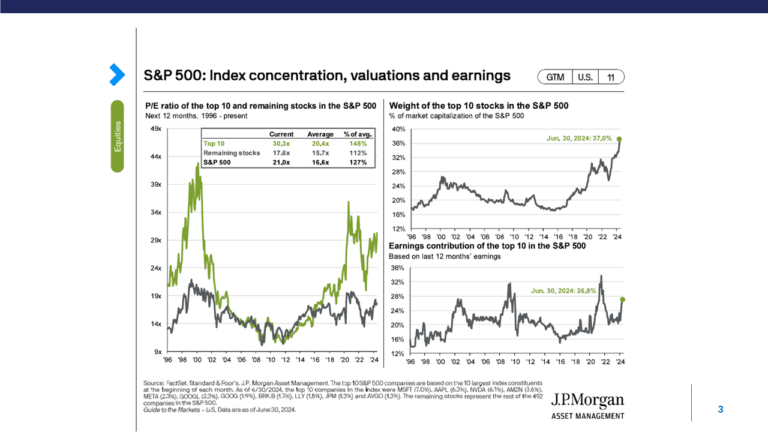Do you know how much you spend each month and how much you earn? If you are like most Americans, you probably don’t: monthly variation in spending and income is much larger than we think, a new study by the JPMorgan Chase Institute found.
If you budget based on an average amount of income and expense each month, you will be in for plenty of nasty surprises: The study found that the vast majority of people experience swings of 5 percent or more each month in their income and spending, and that many have variations that are at least 30 percent or greater.
The non-profit Institute studied 2.5 million checking, savings, credit card, auto, mortgage, and home equity accounts held at JPMorgan Chase from October 2012 through December 2014.
The authors of the study concluded that some of the variability is due to months with five Fridays, which result in an extra paycheck; big annual income tax payments or refunds; and increased seasonal spending at the end of the year.
They also found that changes in income and spending often moved in opposite directions: there were frequent months with lower income and higher spending, and months with higher income and lower spending.
It recommends that families and individuals keep extra money on hand each month to handle those months when income falls below spending. It calculated that the average household needs $4,800 in liquid assets to handle the volatility in income and spending. (This amount represents 14 percent of annual income). Unfortunately, it found that the average household had only $3,000 in liquid assets.
“The typical household did not have a sufficient financial buffer to weather the degree of income and consumption volatility observed in our data,” the study concluded.
Households would benefit by using common financial data programs that track their income and expenses, the authors of the study said. It also recommended that new banking and investment products be developed “that allow people to save during naturally occurring upswings in income, such as in the five-Friday months and tax refund season.”
Richard Schroeder, CFP®, May 26, 2015


